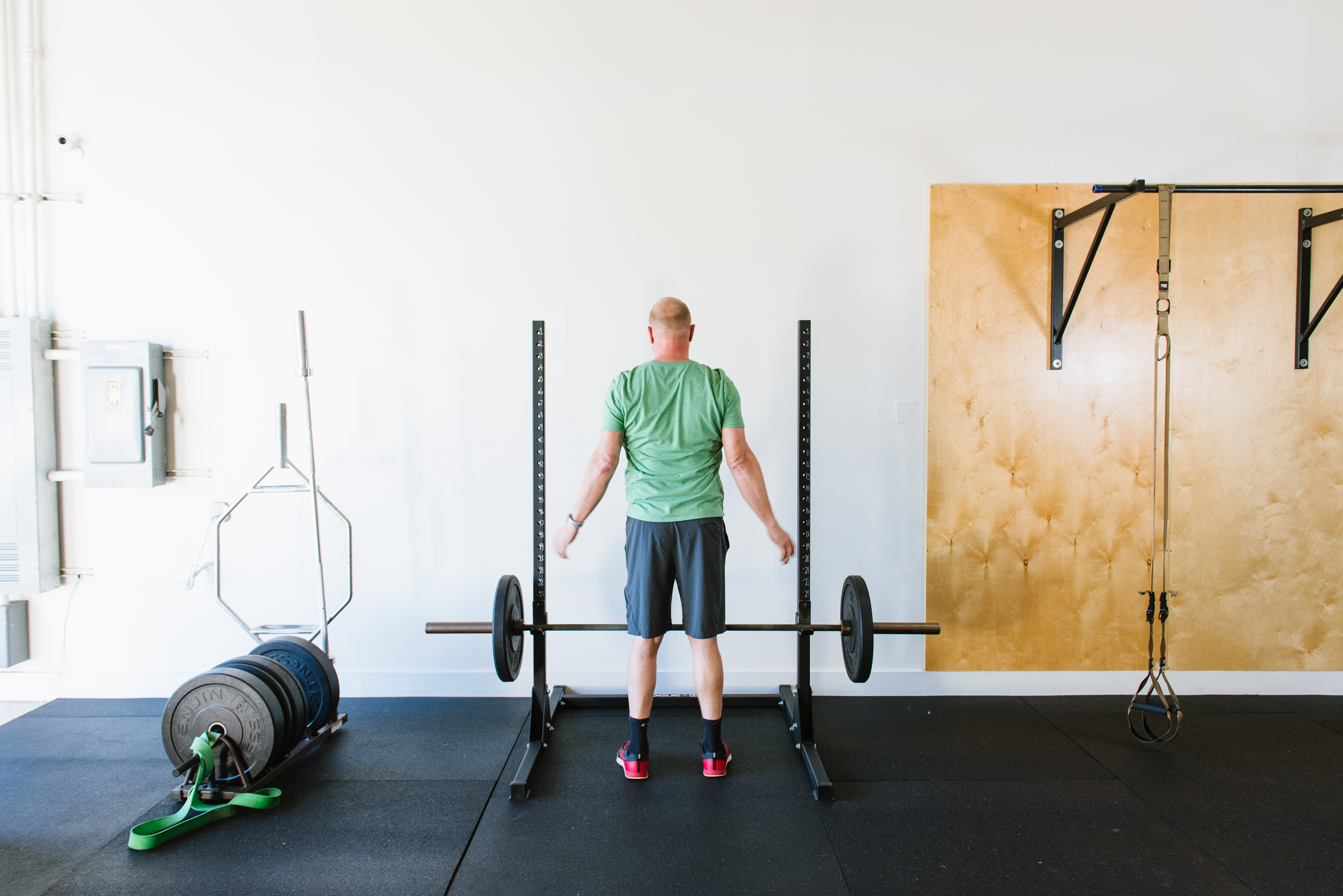There’s no better feeling than finishing an exercise session that challenges your patience and will. Exercise routines such as resistance training, Pilates, or Yoga put demands your body that take true perseverance to complete. The sweat, increased body temperature, and heavy breathing feel good after devoting an hour of valuable time to improve our lifetime fitness. As we get home after a bout of exercise, our mind might be a clearer. Our thoughts can decompress. Most of the time we sleep better. However, the next day we might feel the body moving a little slow. Muscles experience slight soreness, joints are stiff, and our feet could be a little tender as we take the first steps out of bed. This feeling following an effective exercise routine is called delayed onset muscle soreness, or DOMS.
Sore muscles are caused by minor pain signals from nerve cells surrounding the connective tissue around muscles that were stressed from exercise. For example, when we train our personal training clients in Napa to perform 3 sets of 10 weighted squats, they often experience soreness in their glutes, quads, and hamstrings. The muscles that were stressed from an organized exercise routine have had their cellular structure slightly disrupted. This leads to microscopic tears in muscle cells and a brief inflammatory period. This can cause slight discomfort. More so, joints can feel the effects of soreness from workouts because of stress on the ligaments and tendons. Muscle to bone attachments are held together by tendons while bone to bone attachments are held together by ligaments.
Living with pain is suboptimal. However, it’s important to understand that the pain caused by DOMS is an important tool to reinforcing the architecture of the cells within lean muscle mass, tendons, and ligaments. There is a difference between searing, shooting pain and DOMS. For instance, if there was a random battery powered toy on the ground from the remnants of our child’s playroom that struck your shin, the shin would swell up, bruise, and hurt. This is would be the effect of bruised bone that would take a week or so to heal. In contrast, say you take a Yoga class from one of Napa’s elite Yoga instructors. This workout could lead to muscle soreness in the chest, shoulder, core, and glutes. However, this soreness would only last for a day or two. This shorter span of soreness is caused by smaller tears in the connective tissue that heal faster due to controlled exercise. The result of the connective tissue recovering following such a workout is stronger muscles, increased durability to the tendons and ligaments, and less pain the next day. Additionally, now that the muscle has been reinforced following sufficient healing, soreness won’t be as pronounced following the next Yoga class. This decrease in DOMS indicates that muscles are not as affected by physical stress due to increased repair stimuli and density in lean muscle mass.
It’s important to understand that the body needs to get sore to improve. However, it’s also worth it to discern between the difference of being hurt and being sore. Use exercise as a tool to continue to feel sore for the result of becoming stronger and increasing productivity. To succeed, your intuition is a powerful tool to decide what exercise movements are best for you and your lifetime fitness journey.
Sean McCawley, the founder and owner of Napa Tenacious Fitness in Napa, CA, welcomes questions and comments. Reach him at 707-287-2727, napatenacious@gmail.com or visit the website napatenaciousfitness.com.

